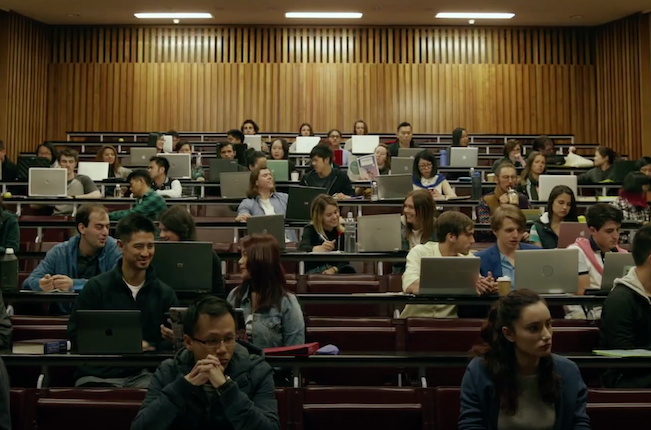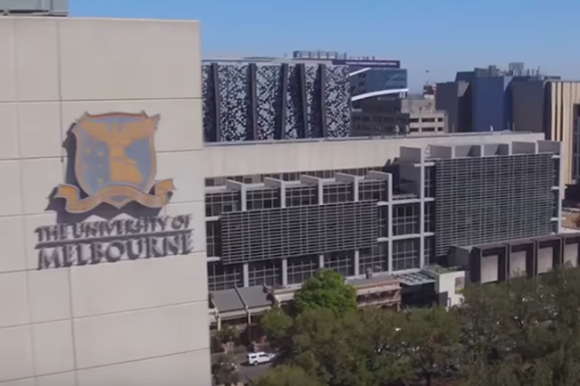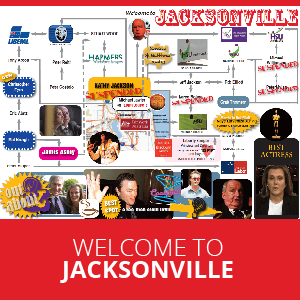Australia’s student visa system is feeding permanent migration at double the rate Treasury assumed, writes Dr Abul Rizvi.
THIS UNDERSTATED REPORT on overseas students by Jobs and Skills Australia (JSA) provides a strong basis for desperately needed immigration reform. But will the Government take up the opportunities it provides?
The Executive Summary of the report starts by stating:
Strong post-study employment outcomes for international students are essential to meeting Australia’s skills needs over the medium to long term. This means fully utilising the right skills of the right students, in the right locations at the right time, which in turn may require closer alignment of patterns of study choices, post-study work rights and enabling visas.
This is a very powerful statement that both governments and industry need to consider seriously, rather than just focusing on maximising tuition revenue.
The JSA report goes on to say:
While data on the proportion of all international students (including higher education, VET and a range of other student visa types) who remain in Australia in the longer-term is not readily available, JSA estimates that this figure was around 35-40% of all students commencing in the early 2010s who achieved permanent residency within 10 years…
These estimates represent a significant increase on analysis published by the Treasury and the Department of Home Affairs in 2018, which found at the time that 16% of international students eventually transitioned to permanent residence.
Given the size of the overseas student cohort that arrives in Australia each year – over 206,000 student net overseas migration arrivals in 2023-24 – the difference in these two estimates is highly significant to the management of net migration and the permanent Migration Program. It provides a basis for how the vague but constantly used term of “sustainable growth” can be pinned down.
Both the Government and international education lobby groups have been heavily reliant on the lower estimate of 16%. It is highly likely Treasury has also relied on this figure in its net migration forecasts.
The higher estimate of 35% to 40% means that:
- the long-term student contribution to net migration will be higher than Treasury has forecast and may mean that the Prime Minister’s promise to get net migration down to pre-pandemic levels may not be met; and
- the pressure on the permanent Migration Program will continue to rise — as evidenced by the already extraordinary backlogs of bridging visa holders (over 400,000); student refusals at the Administrative Review Tribunal (ART) now approaching 40,000; and record size of the cohort of students; temporary graduates and skilled temporary visa holders currently in Australia.
While the JSA report does not specifically go into issues of net migration and permanent Migration Program levels, it does provide recommendations that, if adopted, would help the Government to get on top of the issues that have arisen from the unprecedented surge in student visa arrivals from 2022.
Its 11 recommendations include:
Rec 1: Develop a shared set of objectives for Australia’s international education sector, which should include its contribution to Australia’s total economic activity and its contribution to building Australia’s skilled workforce over the medium to long term.
Despite extensive controversy around international education over recent years, most Australians would be surprised to learn we still don’t have such a shared set of objectives on something that is so important to Australia’s future. Both the international education industry and the government prefer to talk about the vague concept of "sustainable growth".
Rec 3: Consider the full range of study to work visa pathway settings for international VET to ensure they support students to study and contribute in areas of persistent national skills shortage.
This is an excellent recommendation, but there is no reason for it to be confined to the VET sector. The temporary graduate visa should be targeted to both higher education and VET courses linked to areas of persistent national skills shortage. This would put pressure on education providers to shift their focus away from courses that lead simply to more people stuck in immigration limbo and onto courses that lead to positive employment outcomes.
Rec 9: Strengthen independent assessment of English language proficiency throughout the international student continuum to maximise preparedness for work, including assessment at study entry and exit. This should be informed by analysis of the impacts of changes implemented in 2024.
The Labor Government has increased English language requirements, but it is clear JSA considers these have not been sufficiently strengthened at both point of entry as a student and at the point of course completion and application for a temporary graduate visa. The Government should act on this quickly.
Rec 10: Identify and increase system incentives for the inclusion of opportunities for work-integrated learning and increasing English language proficiency as a core element of study offerings to increase international graduate employability.
At present, student work rights are not sufficiently linked to the areas in which a student is studying. That is unlike the approach taken by top universities in the USA and the UK where work rights are strictly confined to those linked to students’ areas of study. Australia should take a broadly similar approach. That would reduce the risk of the student visa being used mainly as a work visa. Transitional arrangements would be needed.
These changes should be implemented in conjunction with an independent test of a student’s ability to do the course they have applied to do. A strict form of ATAR test should replace the highly subjective "genuine student" requirement. The genuine student requirement is constantly criticised by education providers and agents for its subjectivity and often bizarre reasoning used to refuse student visa applications. Yet these same providers and agents oppose it being replaced by an independent test. Go figure.
With the USA, UK and Canada implementing highly restrictive student visa policies, often with little sensible policy reasoning, we have the opportunity to re-structure our student visa intake to focus more on high-performing students. Why would we not take that once-in-a-generation opportunity?
Dr Abul Rizvi is an Independent Australia columnist and a former Deputy Secretary of the Department of Immigration. You can follow Abul on Twitter @RizviAbul.
Support independent journalism Subscribe to IA.
 This work is licensed under a Creative Commons Attribution-NonCommercial-NoDerivs 3.0 Australia License
This work is licensed under a Creative Commons Attribution-NonCommercial-NoDerivs 3.0 Australia License

Related Articles













